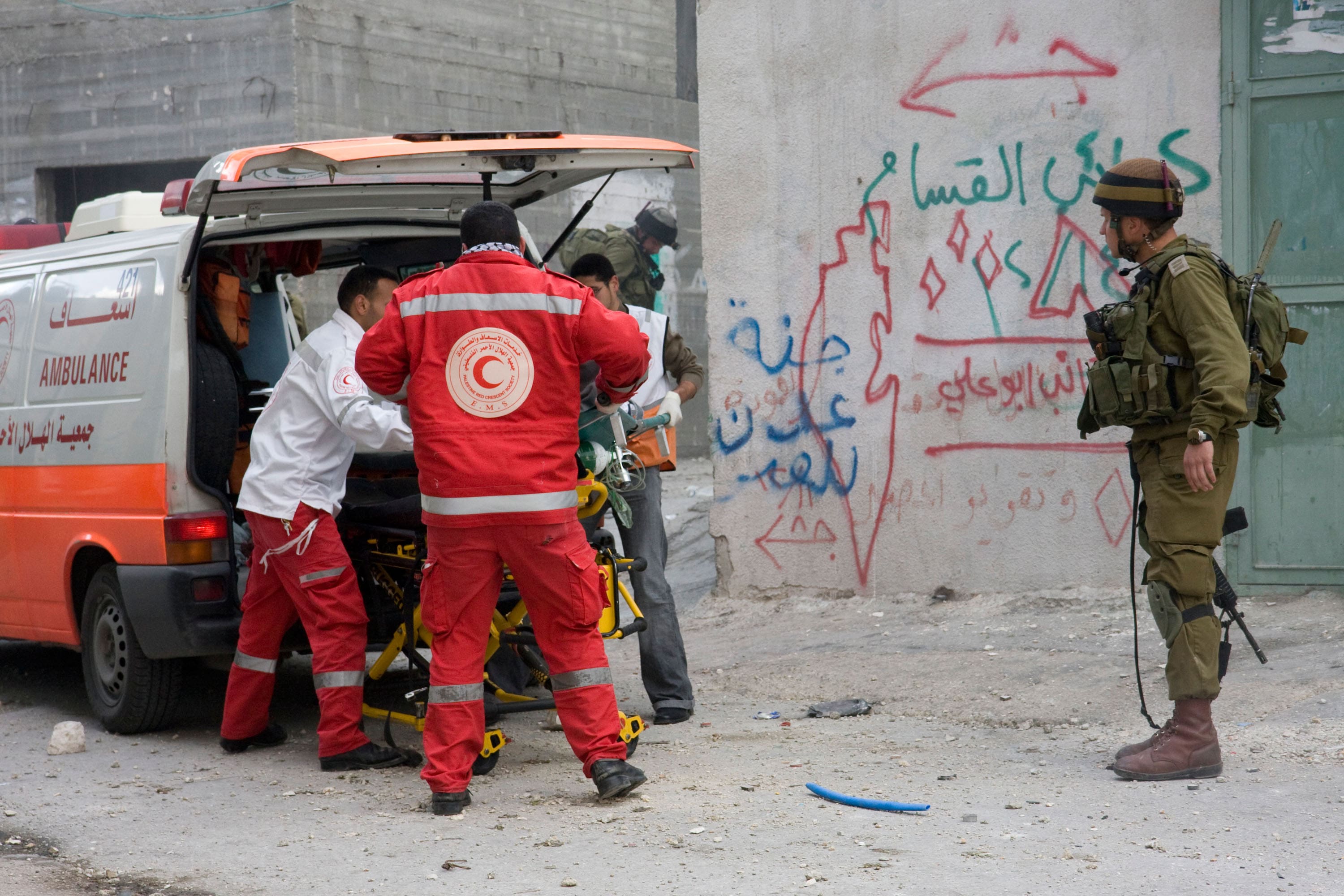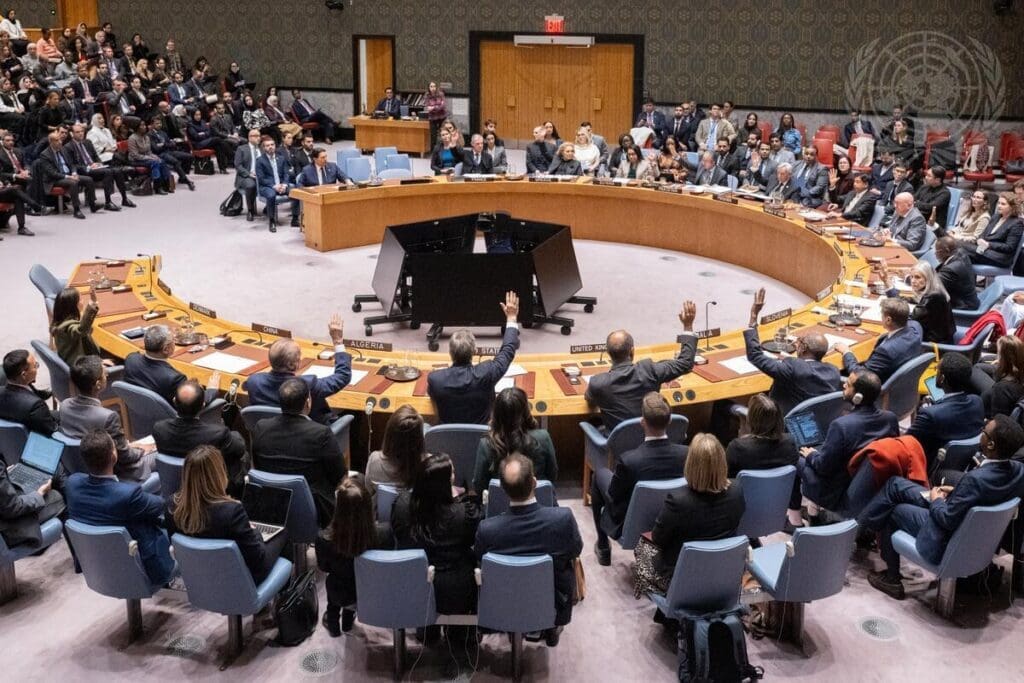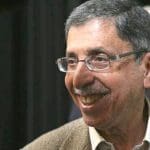
The likeliest short-term scenario is a continuation of the political status quo. In this situation, the four major components of the Palestinian health sector—the Palestinian Ministry of Health (MoH), the United Nations Relief and Works Agency for Palestine Refugees in the Near East (UNRWA), NGOs, and the private sector—will continue to operate their often disparate services for Palestinians in the West Bank and Gaza. However, even if the status quo persists, significant disruptive impacts to Palestinian health may occur, especially through the NGO sector. This is because the sector is highly dependent on external aid that is inconsistent and diminishing, as other global humanitarian crises demand increasing intervention.
Trends in the Status Quo
Dismal trends in the health sector over the past two decades are expected to continue worsening should the political status quo persist. As the Palestinian population has grown since 2000, health expenditures have quadrupled to just under $1.6 billion in 2020. While health expenditure as a percent of GDP has hovered around 10%—on par with the global average—the Palestinian GDP has decreased in recent years. This trend accelerated with the economic effects of the COVID-19 pandemic, which have proven difficult to overcome under the constraints of Israeli occupation and blockade.
Notwithstanding, expenditure on ancillary services—those that are not provided by a nurse or physician, such as x-rays, lab tests, and pharmacy services—have increased slightly, as has expenditure on preventive services and medical goods. Preventive care and ancillary services are vital in keeping populations healthy and able to avoid seeking the type of advanced care that is increasingly unavailable to Palestinians. This care often necessitates a medical permit to Israel, East Jerusalem, or, for residents of Gaza, elsewhere in the West Bank.
Since 2011, the Israeli regime has increasingly delayed and rejected Palestinian requests for medical permits, with only about 60% of permits from applicants in Gaza approved in recent years. Approximately one in four permit requests for children between the ages of zero and three are denied, while permits for patient escorts are delayed and/or rejected at even higher rates. An estimated 840 Palestinians in Gaza died while waiting for these permits between 2008 and 2021.
With the far-right Israeli government embracing more punitive restrictions on Palestinian movement as of the start of 2023, it is likely that the trend of denied or delayed permits will remain at similar rates, if not increase. Moreover, under current Israeli political trends, it is highly unlikely that the types of medical equipment needed to avoid travel for care will be allowed to enter the West Bank and Gaza.
The Palestinian MoH
The MoH, divided between the Fatah-controlled West Bank and Hamas-controlled Gaza, is mainly funded through donors and taxes. Donors, including individual countries along with the World Health Organization (WHO), primarily support specific programming and training efforts in the MoH, such as for mental health, reproductive care, and infectious disease preparation. However, under the status quo of continued Israeli land seizures and settlement construction in the West Bank, along with the divide between the West Bank and Gaza, the MoH will remain hampered in its ability to provide healthcare to an increasingly fragmented and restricted Palestinian people.
In other words, financial deficits are not the most detrimental factor in the MoH’s ability to provide health services to Palestinians. It is the Israeli regime’s restrictions on its functioning, even within the West Bank and Gaza, that forms the greatest obstacle to the Palestinian health sector. There is no indication that current political trends will lead to any positive shift on these issues, and it is likely that the ability of the MoH to operate will become increasingly difficult.
The International Community
Recent years have also shown that the international community is an unpredictable actor when it comes to supporting Palestinians, especially in social sectors such as health. UNRWA, for example, is among the largest health providers in the West Bank and Gaza, with 22 primary health facilities in Gaza and 43 in the West Bank. UNRWA is primarily funded through voluntary contributions by foreign governments. In 2018, the Trump administration canceled all funding to UNRWA as part of broader foreign aid reconsiderations and as a political maneuver to reduce the number of Palestinians considered refugees. While the Biden administration restored this aid in 2021, these events reflect the precarity of government aid and the health sector’s vulnerability as a result.
Despite this, the Palestinian Authority (PA) has received millions of dollars in humanitarian aid, including for the health sector. Likewise, in Gaza, Hamas has received considerable donor aid, primarily from Qatar. Nonetheless, health expenditures remain relatively low in the West Bank and Gaza, and a longitudinal examination of these indicators shows significant variability over the years, with expenditure on preventive care dropping to as low as 1.9% in 2016 and as high as 6% the following year.
Likewise, most other health indicators show a decrease in public expenditure. PA spending on health system governance and financing, for example, reached 5.4% in 2000, but dropped to just 2.5% in 2020; rehabilitative care remains at less than 1% of expenditure; and spending on curative care has decreased since 2000. This level of fluctuation prevents long-term planning and is typical across all areas of health expenditure.
While expenditures may continue to vary dramatically over the coming years, the Palestinian health sector is unlikely to see significant increases in spending that lead to major positive changes in how health is delivered. In fact, as international aid to the PA has decreased in recent years and the PA fiscal deficit continues to grow—while the security budget continues to increase (23% as compared to 14% for health)—more cuts to spending, especially in sectors of preventive health or specialized care, are expected. As a result, Palestinians with the means to do so will seek care at private facilities or travel abroad, while those without will be forced to rely on deficient public facilities or avoid seeking care altogether.
Conclusion
It is expected that Palestinian health indicators will continue to follow a similar trajectory to that of recent years. While Palestinian life expectancy dipped briefly between 2000 and 2010, it has otherwise been on a slow but steady upward trajectory. And with increasing urbanization across the West Bank and Gaza, the Palestinian birth rate has significantly decreased since 1990, when the average child-bearing adult had around six children, to an estimated two-to-three children per child-bearing adult in subsequent decades.
Under current projections, the Palestinian population in the West Bank and Gaza is expected to reach between eight and nine million by 2050. However, these demographic forecasts do not consider the shrinking land on which Palestinians live. Indeed, it is difficult to imagine a considerable increase in the Palestinian population in the current geographic landscape in which Israeli settlements in the West Bank strangle the growth of Palestinian urban centers, and repeated military assaults on Gaza continue to destroy critical infrastructure. This reality forces Palestinians in both occupied areas to hastily construct large apartment buildings that significantly limit accessible green space and safe areas for children to play outdoors. They also lead to high urban pollution, which is exacerbated by Israeli settlements. Over time, as the population grows, these factors will have dire impacts on Palestinian health in the West Bank and Gaza.








